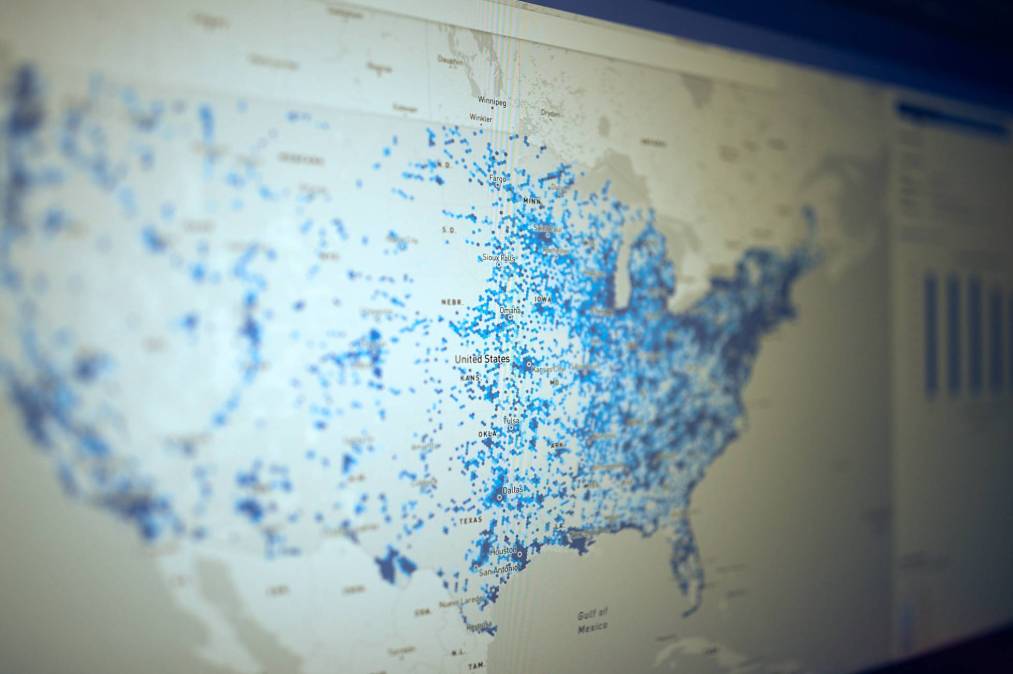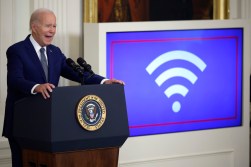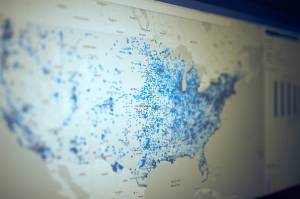Don’t expect a ‘perfect map’ for broadband

With billions of dollars of federal funding for broadband expansion on the line, the accuracy of coverage maps published by the Federal Communication Commission and other organizations has been a hot topic of discussion in recent weeks.
But seeking perfection in mapping broadband access may be futile, according to panelists in an online event hosted Tuesday by the Information Technology and Innovation Foundation, an industry think tank.
“Getting to a perfect map is like me getting to a perfect day, it’s just not going to happen,” Nicol Turner Lee, a senior fellow at the Brookings Institution, said during the event.
The broadband ecosystem isn’t static, and looking at one dataset is never going to tell the whole story, said Jessica Dine, an ITIF research assistant who moderated the event.
The Technology Policy Institute, another D.C. think tank, has been drafting its own broadband map, considering not just broadband access points, but community demographics, regional topography and other factors, said Sarah Lam, a senior fellow at the organization.
“As economists, we’ve been working with these datasets a lot and realize, wow, it takes a lot of prep work to get these datasets into statistical software,” Lam said.
Identifying which areas are unserved and where stimulus money should be spent is much more complex than it seems, she said.
“It’s a question that all the states are asking of themselves,” Lam said. “That’s what the maps are supposed to help inform. But there’s a lot of data analysis that really needs to happen to decide where and how to prioritize [funding].”
An ITIF report last December on the status of U.S. broadband found that compared to other countries, the United States is strong in providing access to broadband, but lags in broadband adoption.
Closing the digital divide nationwide is not just about providing access to broadband, but also ensuring that households are signing up, Lee said. This means investing in digital literacy programs, raising awareness of the FCC’s Affordable Connectivity Program and providing devices to households that don’t have them, she said.
“When we look at the BEAD program, we’re not servicing our community and local infrastructure unless there’s money left over,” Lee said of the $42.5 broadband expansion program created by the 2021 infrastructure law. “We’re not servicing digital literacy programs in a sufficient manner unless there’s money left over. We’ve given nominal resources to the areas that matter most because we think if we continue to build it that people will come.”






